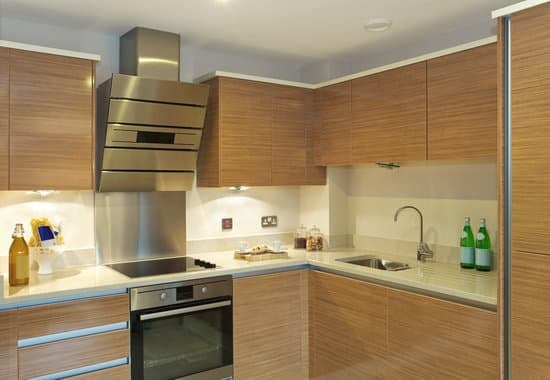Are you looking to upgrade your kitchen faucet but unsure where to start? Choosing the right kitchen faucet is crucial for both functionality and safety. In this article, we will guide you through the process of selecting the perfect faucet for your needs. By assessing your kitchen’s design, determining practical preferences, exploring different styles and finishes, considering features and functionality, and setting a budget, you’ll be equipped with the knowledge needed to make an informed decision that ensures both efficiency and safety in your kitchen.
Assessing Your Kitchen’s Design and Layout
Assessing your kitchen’s design and layout is crucial when choosing a kitchen faucet. It’s important to evaluate functionality and ensure that the faucet you choose fits seamlessly into your kitchen’s overall aesthetic. One key consideration is maximizing space. Look for a faucet that doesn’t take up too much counter space, especially if you have a smaller kitchen. Opting for a single-handle or pull-out faucet can help save valuable room. Additionally, consider the height of the spout to ensure it will comfortably accommodate your needs while fitting underneath any cabinets or shelves. Safety should also be a priority when assessing your kitchen’s design. Look for features like temperature control settings or motion sensors to prevent scalding accidents or unnecessary contact with dirty hands during food preparation.
Determining Your Practical Needs and Preferences
When deciding on a new fixture for your kitchen, it’s important to consider your practical needs and preferences. Safety should be a top priority when evaluating durability and comparing water flow in kitchen faucets. Look for a faucet that is made of high-quality materials like stainless steel or brass, which are known for their durability and resistance to corrosion. Additionally, check if the faucet has a solid construction with secure connections to ensure it won’t leak or break easily. When it comes to water flow, opt for a faucet with an adjustable aerator that allows you to control the water pressure and minimize splashing. This will not only prevent accidents but also conserve water. Taking these factors into account will help you choose a kitchen faucet that meets both your practical needs and safety requirements.
Exploring Different Faucet Styles and Finishes
To explore different faucet styles and finishes, you should consider your personal tastes and the overall aesthetic of your kitchen. When it comes to choosing a faucet material, there are various options available. Stainless steel is a popular choice as it is durable, resistant to stains and corrosion, and easy to clean. Brass faucets offer a classic look but require regular maintenance to prevent tarnishing. Another option is bronze, which provides an elegant and antique appearance but may require periodic polishing. Moving on to faucet finishes, chrome is a timeless choice that complements any kitchen style; however, it may show water spots easily. Brushed nickel offers a warm and muted look while hiding fingerprints well. Ultimately, the decision boils down to your personal preferences and maintenance capabilities. Consider what works best for you in terms of both style and practicality.
Considering Features and Functionality
One important factor to consider is the functionality and features of different faucet options. When choosing a kitchen faucet, there are several key features to keep in mind for both convenience and safety:
- Pull-down or pull-out sprayer: This versatile feature allows you to easily rinse dishes or wash fruits and vegetables.
- Single-handle operation: Opting for a single-handle faucet provides ease of use and precise temperature control.
- Touchless technology: This innovative feature allows you to turn the water on and off with just a wave of your hand, preventing the spread of germs.
- High arc spout: A high arc spout provides ample space for filling large pots or washing bulky items.
- Ceramic disc valves: These durable valves ensure smooth operation and prevent leaks.
To ensure proper functionality, it’s essential to follow kitchen faucet installation instructions carefully. Additionally, regular maintenance tips such as cleaning the aerator and checking for any leaks can help maintain optimal performance.
Setting a Budget and Making the Final Decision
Setting a budget and making the final decision can be challenging, but it’s important to consider your financial limitations and preferences before purchasing. When choosing a kitchen faucet, comparing prices is essential to ensure you get the best value for your money. Take the time to research different brands and models to find one that fits within your budget while still meeting your needs. Reading customer reviews can also provide valuable insights into the quality and performance of a faucet before making a final decision. Look for reviews that mention durability, ease of use, and safety features. By taking these steps, you can make an informed choice that not only fits your budget but also provides peace of mind in terms of reliability and safety in your kitchen.
Conclusion
In conclusion, choosing the right kitchen faucet is a crucial decision that can enhance both the design and functionality of your kitchen. By assessing your kitchen’s design, considering your practical needs and preferences, exploring different styles and finishes, and taking into account features and functionality, you can make an informed decision. Remember to also set a budget that suits your financial limitations. With careful consideration of all these factors, you can confidently select the perfect kitchen faucet for your home.







